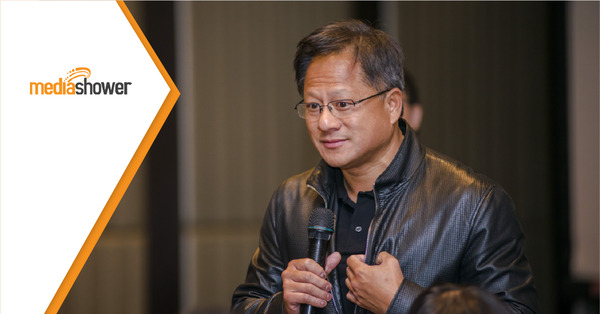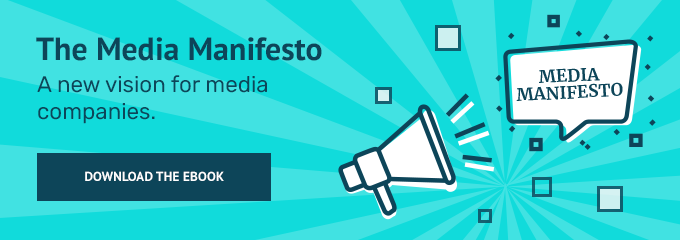
Overview:
- Jensen Huang was not content to become a billionaire computer chip inventor and developer.
- He is now working to create new ways to experience the universe and live life through technology, and he is using communication to get those ideas out into the world and get others to build on them.
- He created the GTC conference as a large-scale communication tool to help other developers innovate and get their products on the market.
So What?
Huang may not be a household name, but his products are, and they’ll continue to shape the world we live in partly because of the effective way he communicates about them.
Jensen Huang created the modern GPU computing system and has unlocked the potential of machine learning and the AI of the future. After coming to the United States from Taiwan at a young age and studying at an American technology school with older students, he founded NVIDIA, a multi-billion-dollar computer chip company that focuses on gaming chips.
Huang eventually expanded the company into making chips for data centers and self-driving cars. NVIDIA is now building next-generation technology to build the Omniverse and Metaverse, which could enable virtual work and play.
Huang’s leadership has changed the world in profound ways and enabled technological advances that no one could have predicted 50 years ago. Here are some communication lessons brands can learn from him.
Focus on Employees
Huang recognizes that his ventures would not be successful without having successful people working for him. “Employees, employees, employees” are what motivates him in his leadership according to LinkedIn.
“It’s so vital that we create the conditions where they can do their life’s work, and they’re not making a sacrifice to be here,” he said. “We must not play the score but play the game. Focus on what you’re doing at the time and not the outcome. The outcome is the result of amazing people doing their life’s work. Working together to do something the world’s never done before.”
Cultivate Presence (working in person)
An important aspect of work for Huang is physically or virtually being in the workspace. He predicts that the future will not see people working from home but going to the office in some form. He says, “Places have to have a purpose, and [they] should enable an experience or work that is not possible in your home office.”
He thinks work life in the future could be a mixture of people and robots, and that virtual reality technologies will be used to establish a more real-life collaborative work environment to foster togetherness and creative energy when people can’t be with each other in person.
Compliment the Competition
In his LinkedIn interview, Huang gave props to Zoom for what it has done and continues to do in the context of workplace safety during COVID-19. “Zoom is a communication platform for the planet,” he said.
While Huang has done extraordinary things that have changed the world in just a few short decades, he is able to recognize that other companies and innovators have done the same. Much of the work-from-home success that companies have been able to cultivate have used Zoom or similar online meeting platforms to facilitate essential interactions from a distance.
Communicate Vision
When Huang speaks, he doesn’t simply report what his company has been doing, nor does he provide data about the business’ functions. Huang communicates mostly about his vision for the future of computing, and how his efforts will bring about AI and virtual reality experiences that will change the world.
Huang described how he has applied his computing power to solving problems created by COVID-19 in ways that would not have been possible a few years ago. “NVIDIA is creating an instrument — ‘we’re building a time machine’ — that allows scientists and researchers to predict the future today,” he said. “Where it would have taken years for researchers to sort through all the chemical compounds of COVID-19, this instrument can do it in a day.”
“Computers can write software that humans cannot. They can study decades of research that might help us deactivate the virus – detecting future outbreaks, discovering anti-virus solutions as quickly as possible, and discovering ways to keep environments clean and sanitized with robotics – to help the world get through COVID-19,” he explained.
Think Big
Huang knows he is not the only innovator in the tech space. He created the NVIDIA GPU Technology Conference (GTC) to provide inspiration, support, and resources for others who are developing their own world-impacting technologies.
This year, the conference is virtual, meaning participants can go back and listen to any of the presentations including the keynote by Huang delivered on March 22. A conference like GTC is a way to extend Huang’s influence and have a much larger impact on the technology field while still being a major innovator in his particular segment.
Huang is building the framework for many future possibilities in robotics and virtual technology that most people can’t even imagine. His ability to communicate these huge new ideas will have a lot to do with their acceptance and application as the technology develops.
Media Shower wants to help you communicate your big, world-changing ideas to a larger audience that will be able to appreciate them, support them, or build on them. Download The Media Manifesto: A New Vision for Media Companies and contact us today.
